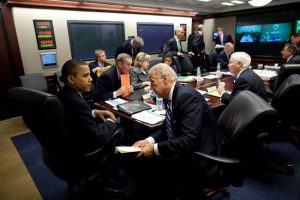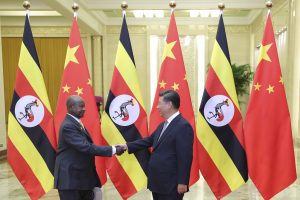Overview
In October 2020, in the midst of a global pandemic, U.S. Secretary of State Mike Pompeo and his three counterparts from Australia, India, and Japan convened an in-person meeting in Tokyo. The focus was on boosting the Quadrilateral Security Dialogue, aka “the Quad,” a fourcountry coalition with a common platform of protecting freedom of navigation and promoting democratic values in the region. The gathering released no joint statement, but Pompeo stated that the purpose of the group was to “protect our people and partners from the Chinese Communist Party’s exploitation, corruption, and coercion.” Although the three other ministers framed the meeting differently in their opening statements, fears of China’s growing influence and assertiveness in the region loom large. Tensions with China have worsened for all four countries in 2020, driving increased defense cooperation among them. Despite this confluence, the Quad faces major challenges in defining itself and its goals. Does expanding defense cooperation provide meaningful strategic advantages? Will the Quad broaden its activities on democracy promotion? Is it durable as a framework even in the face of leadership changes in member countries? These questions may be of critical importance to Congress given its oversight responsibilities, interest in security alliances, and growing concern about China’s power and influence in the region.
Earlier iterations of the Quad faltered. The grouping originally arose from the 2004 Indian Ocean earthquake and tsunami: in the disaster relief effort, the four navies coordinated, providing inspiration for more maritime cooperation. In 2007, a series of “Quad” meetings was denounced by China as an attempt to encircle it. The effort dissipated amidst member leadership transitions, concern about economic repercussions from China, and attention to other national interests.















.jpg)

